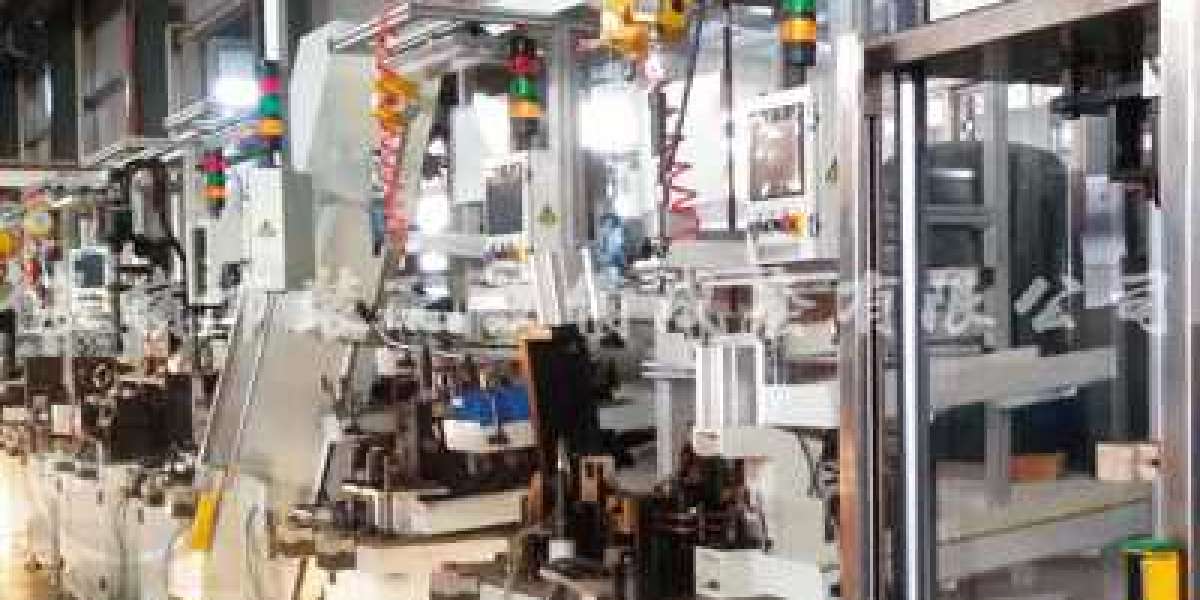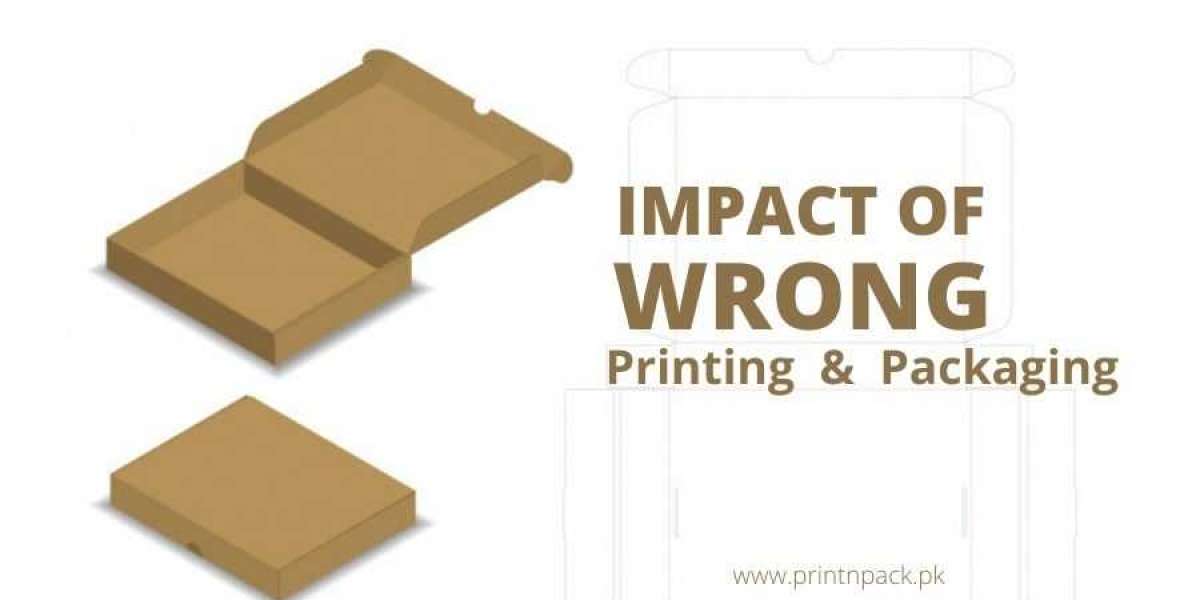- Disc rotary synchronous Automatic Assembly Line
Features: The typical structure is a disc. It is operated by cam, 4~24 work, simple structure, low investment, reliability, high precision, high productivity, durability, and small space occupation. The assembly space is limited, the process is limited, the running speed is determined by the slowest process, any process failure will cause the whole machine to stop running, and the flexibility is low.
Application: The number of processes is small; the product has a large and stable batch; the time of each process is similar.
2. Straight forward synchronous automatic production line
Features: Usually driven by a cam-operated indexing device. The transmission method can be divided into circular water surface type and upper and lower rail type. The conveyor belt is usually chain or steel belt. In recent years, the conveyor belt connecting parts have been replaced by finishing parts instead of stamping parts, and are connected by ball bearings. The number of continuous processes is large, simple, reliable, reasonable precision, durable, and large assembly space. The movement speed is determined by the slowest process. Any process failure will cause the whole machine to stop running. The flexibility is low, and the cost and area are more than that of the disk. Rotary transmission mechanism.
Application: The number of processes is more than that of the disc rotating assembly mechanism; the operations can be arranged on both sides of the product, and the product has a large and stable batch; the time of each process is similar.
- Conveyor belt type non-synchronous flexible automatic production line
Features: The precision pallet is driven by the production and delivery belt between the stations. In recent years, the application of less expensive commodity parts has gradually been widely used. The flexibility is much higher than that of the synchronous assembly line; the number of processes is not limited; this kind of automated production line is easy to combine between a single process and multiple processes, adapts to different products in the product family, easy to combine manual and automatic processes, and is easy to gradually realize automation. It is easily affected by changes in other processes. When there is a storage area, a short-term failure of a process will not affect the work of the entire system. The assembly space is large and there are stereotyped transmission components. The speed is low (generally 20 operation processes per minute), and the equipment cost per unit product is high and it takes up a lot of space.
Application scenarios: high flexibility requirements; low productivity requirements, a set of systems to complete the assembly of a family of products, moderate changes in product structure characteristics; a large number of processes, and the time of each process is not close.
If you have interests about brake assembly line, welcome to send us messages.



